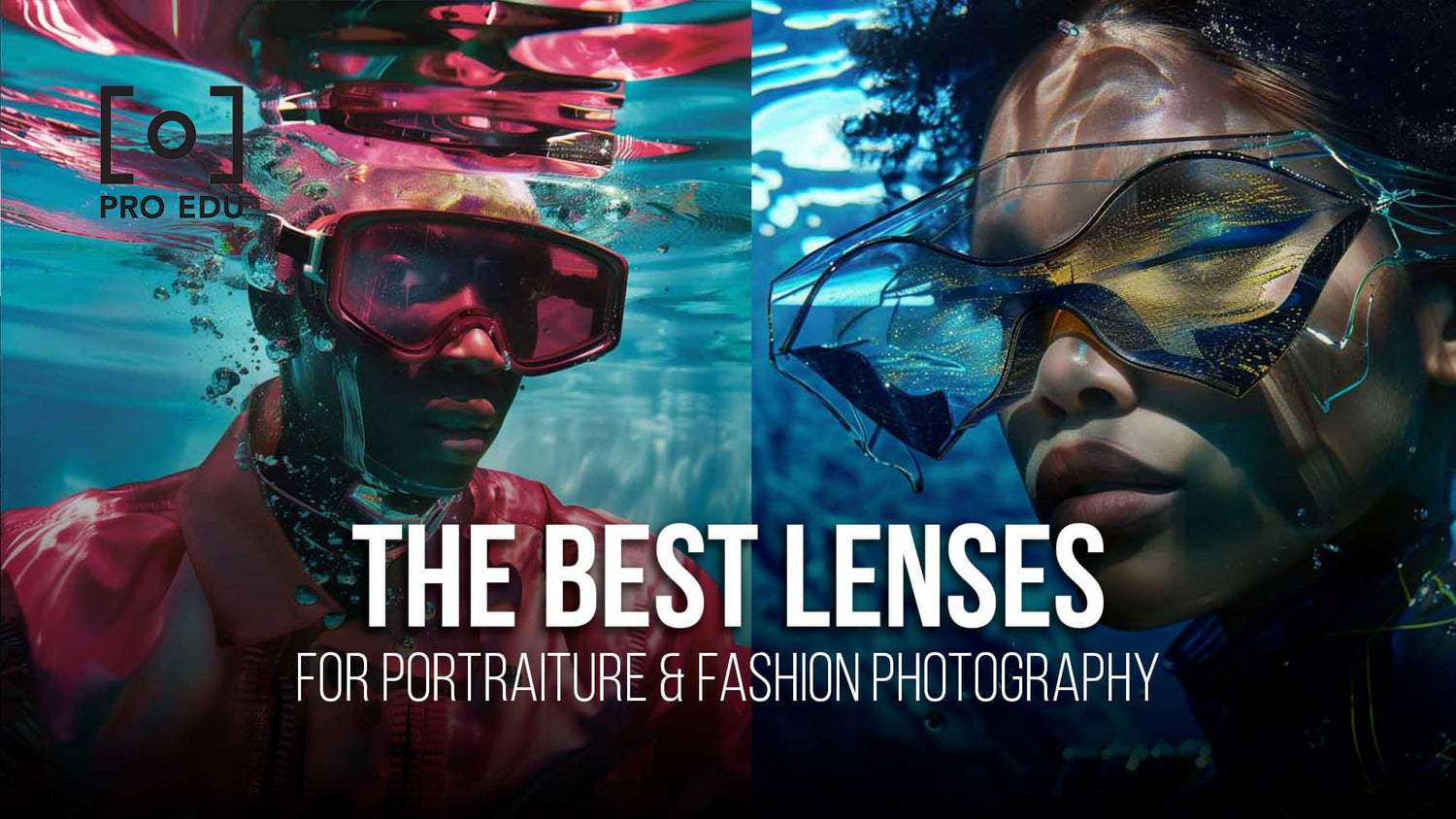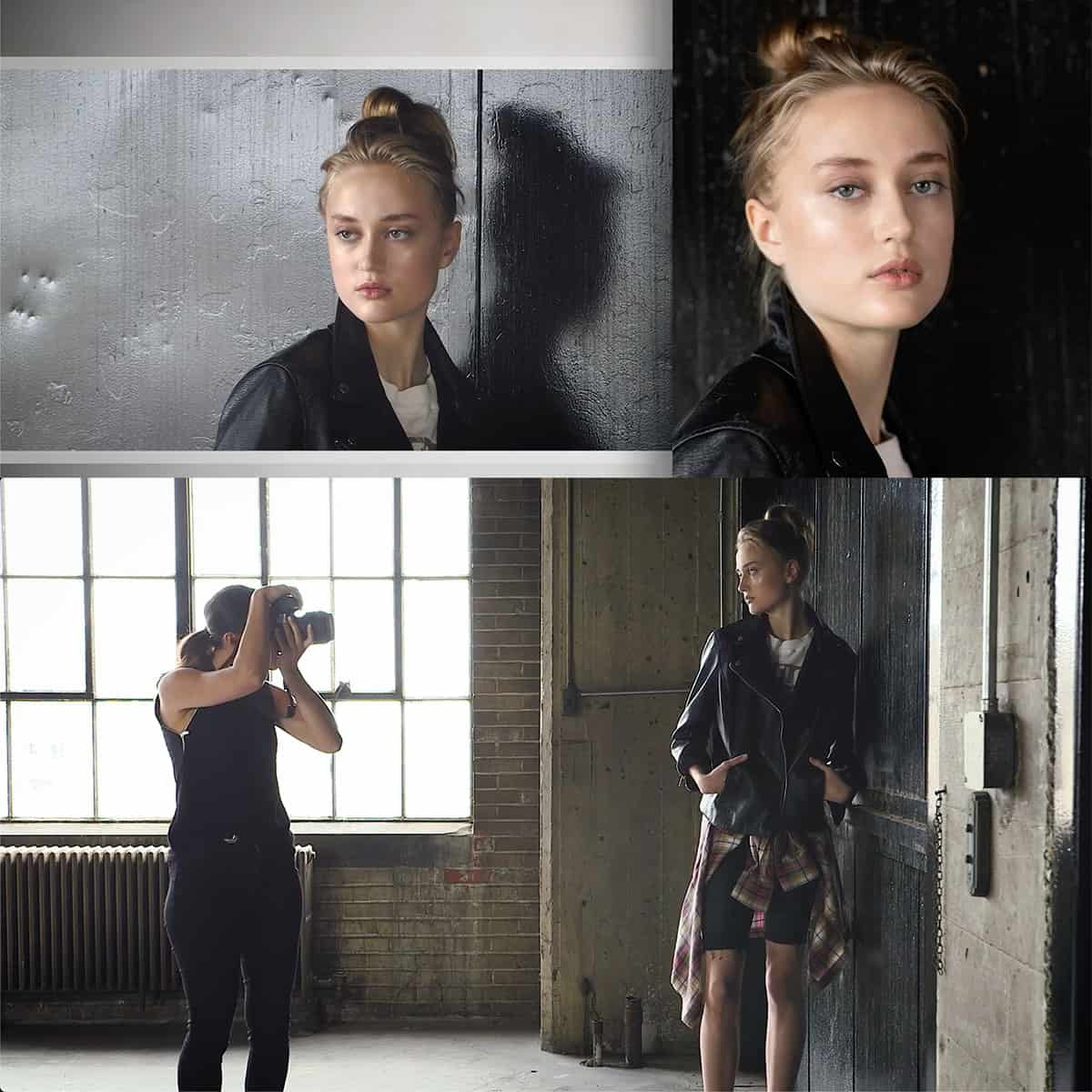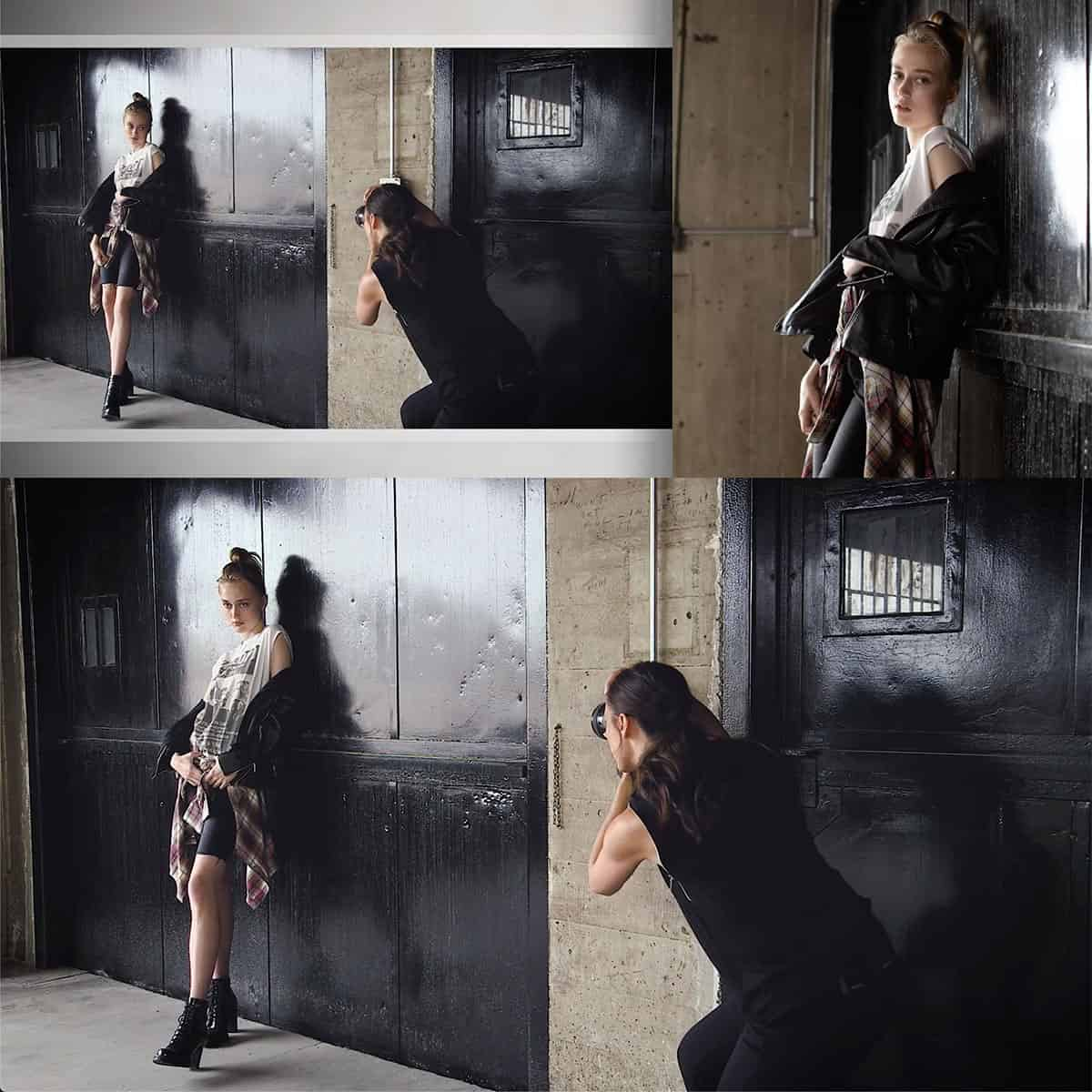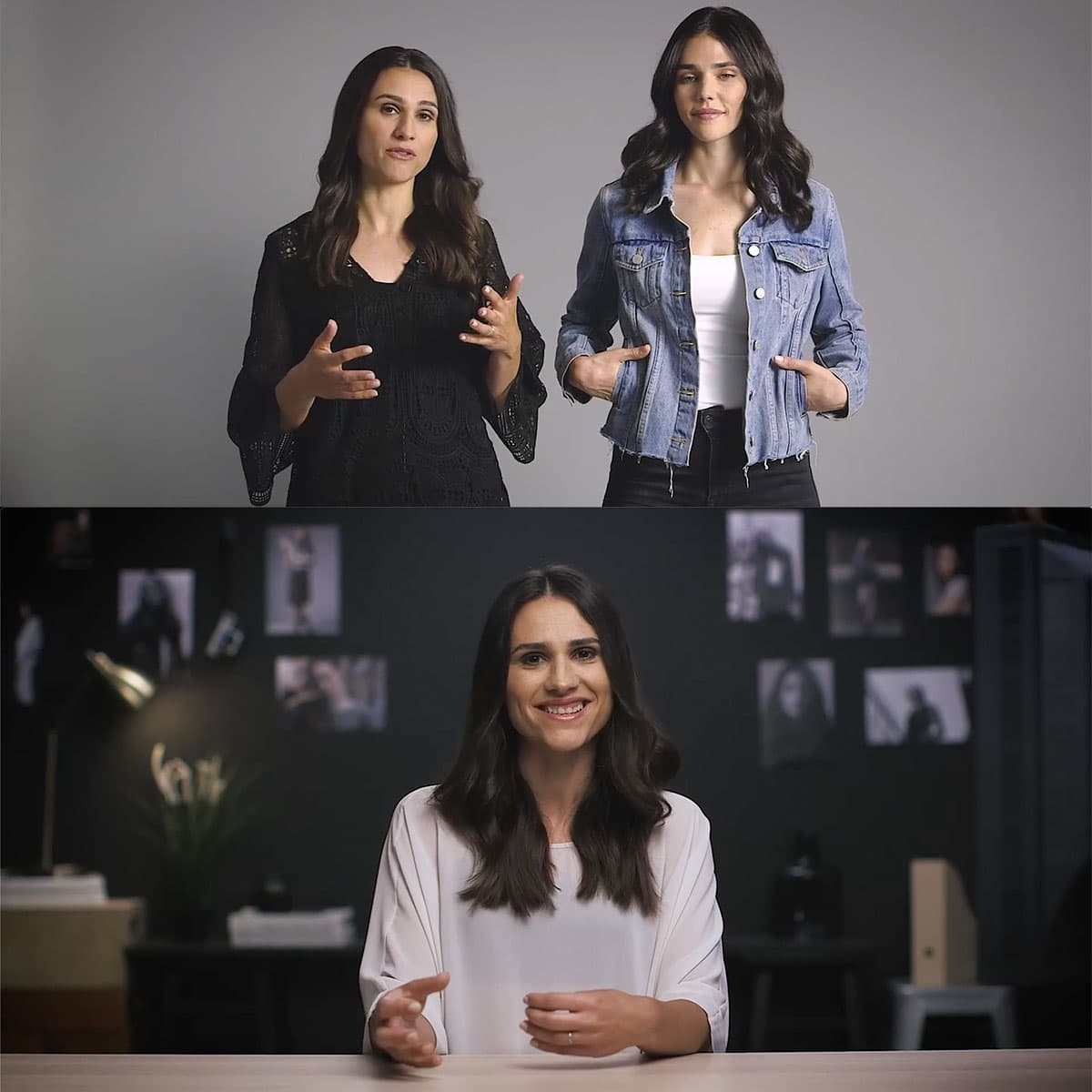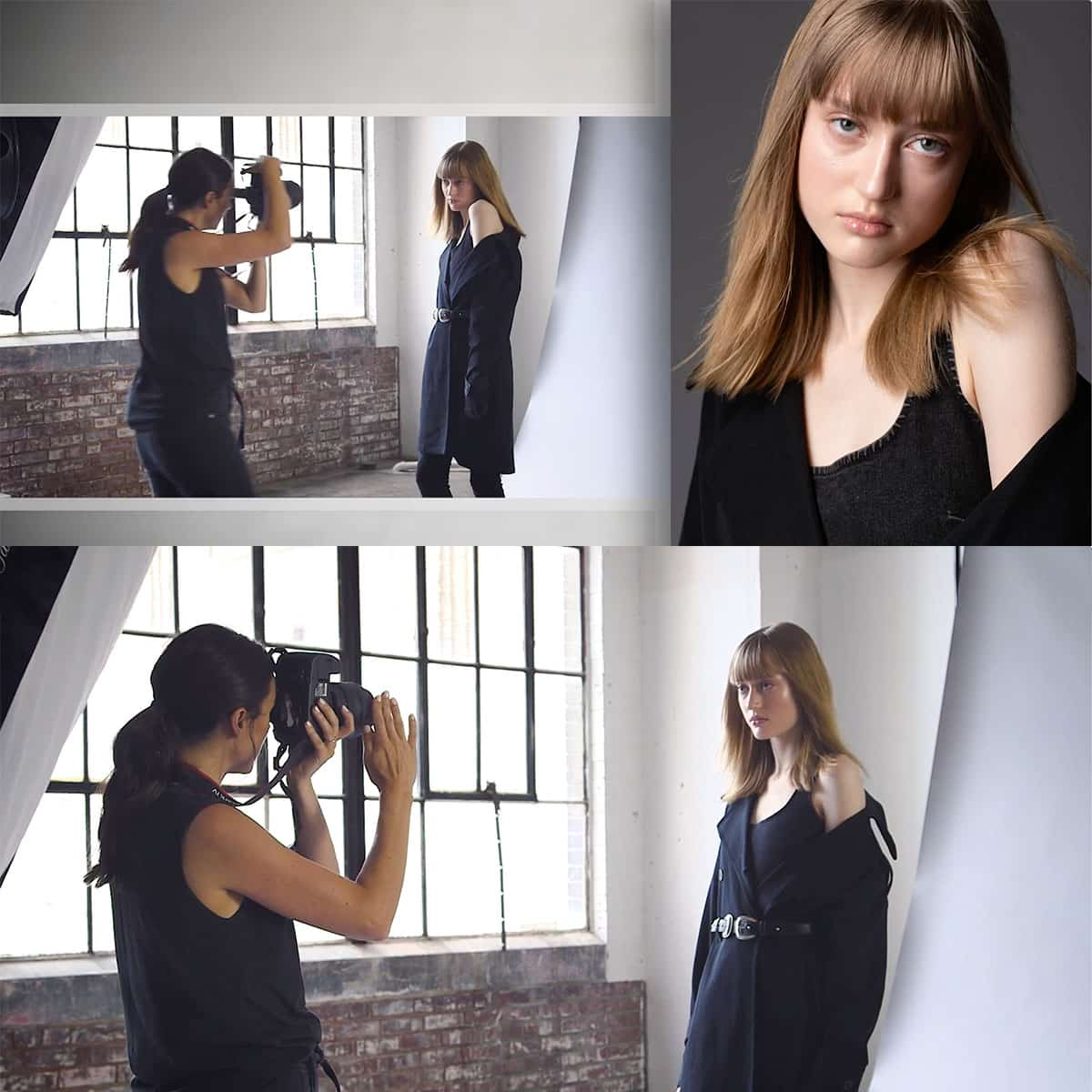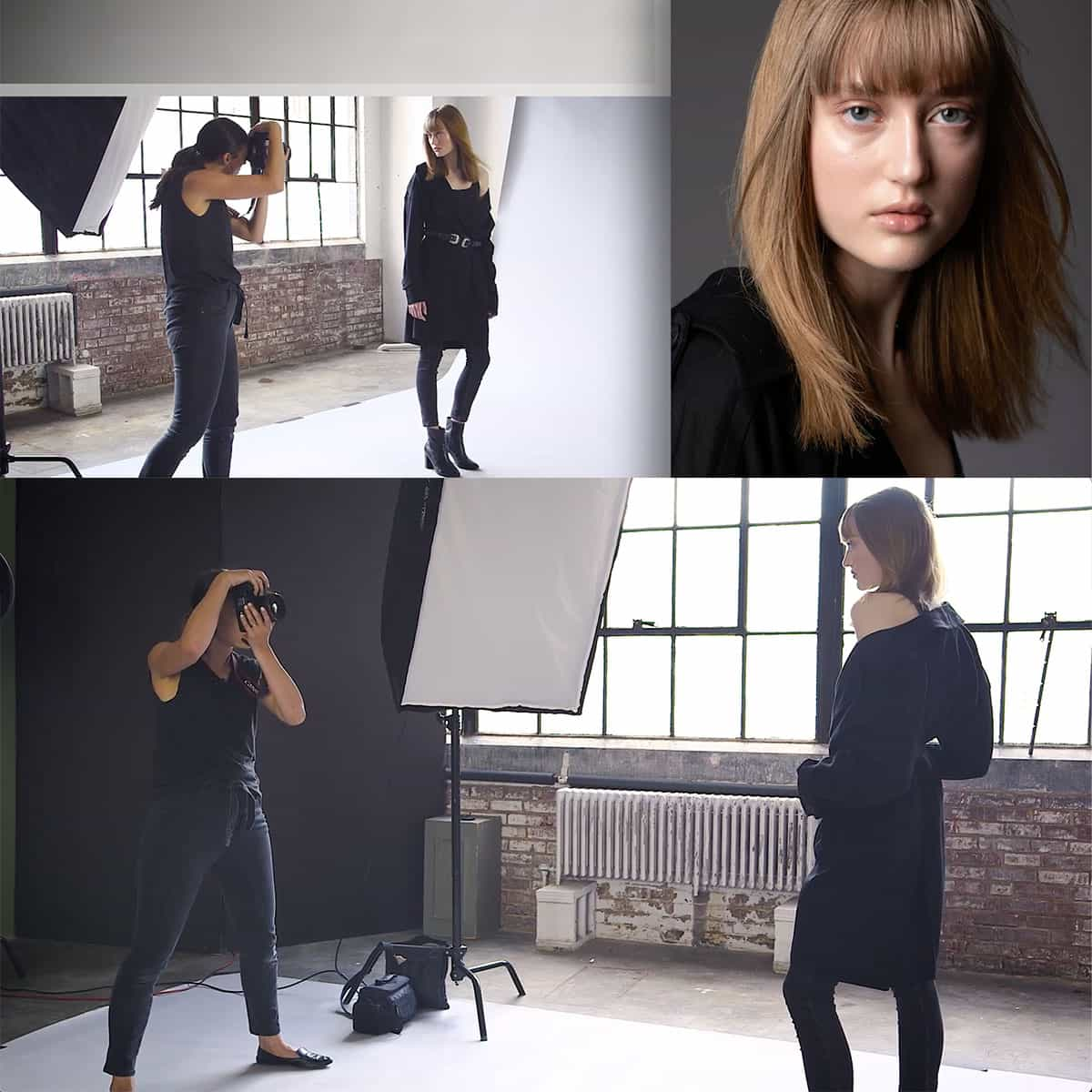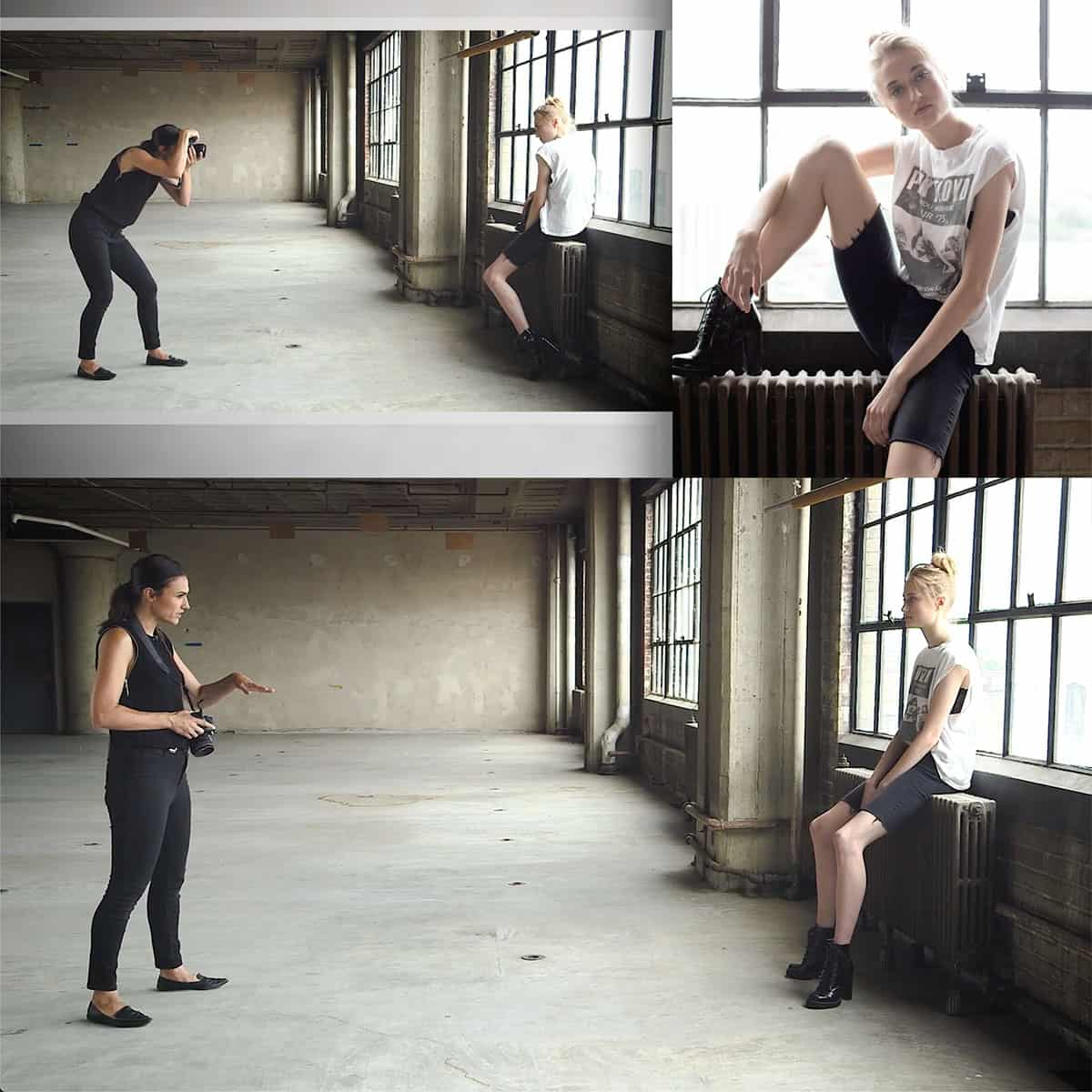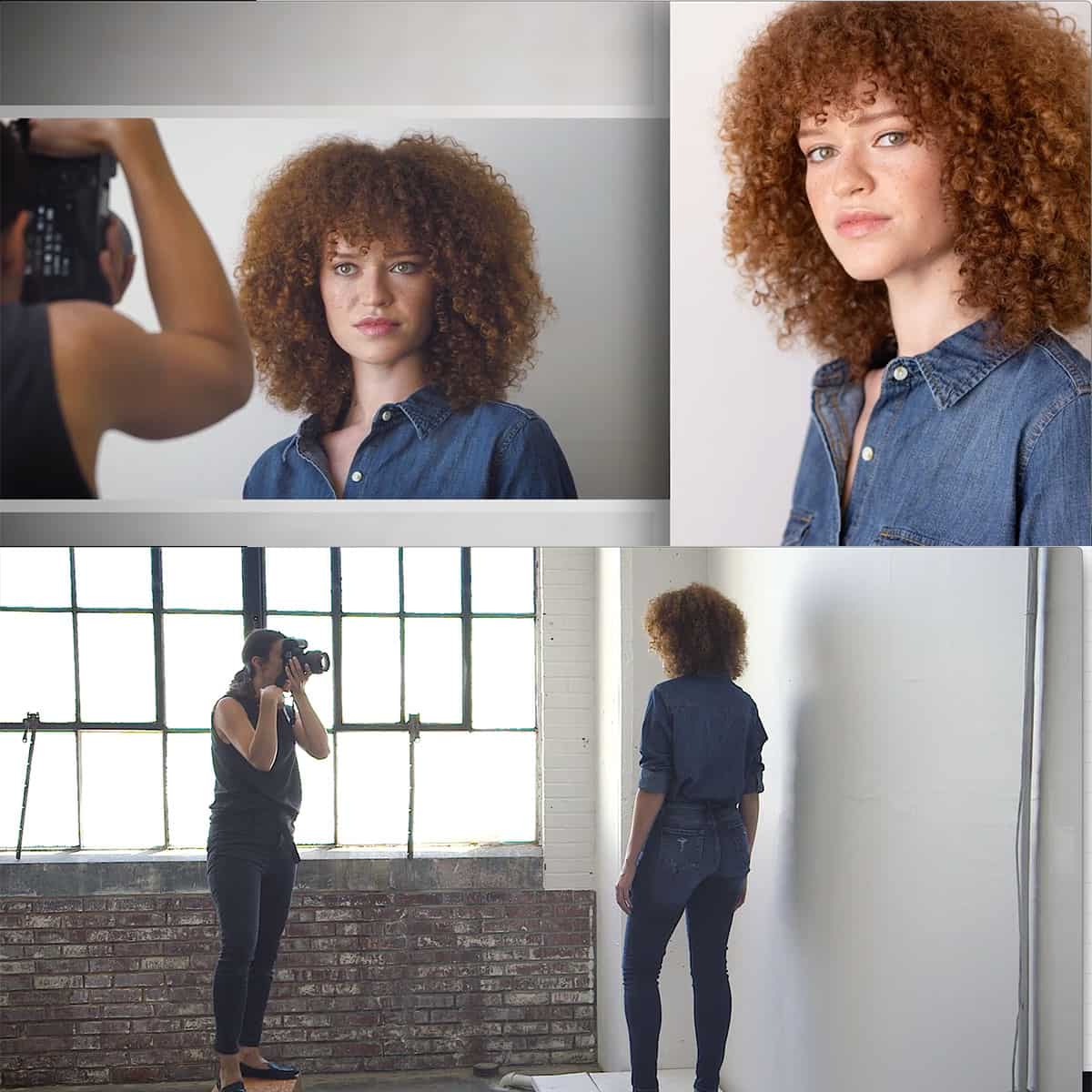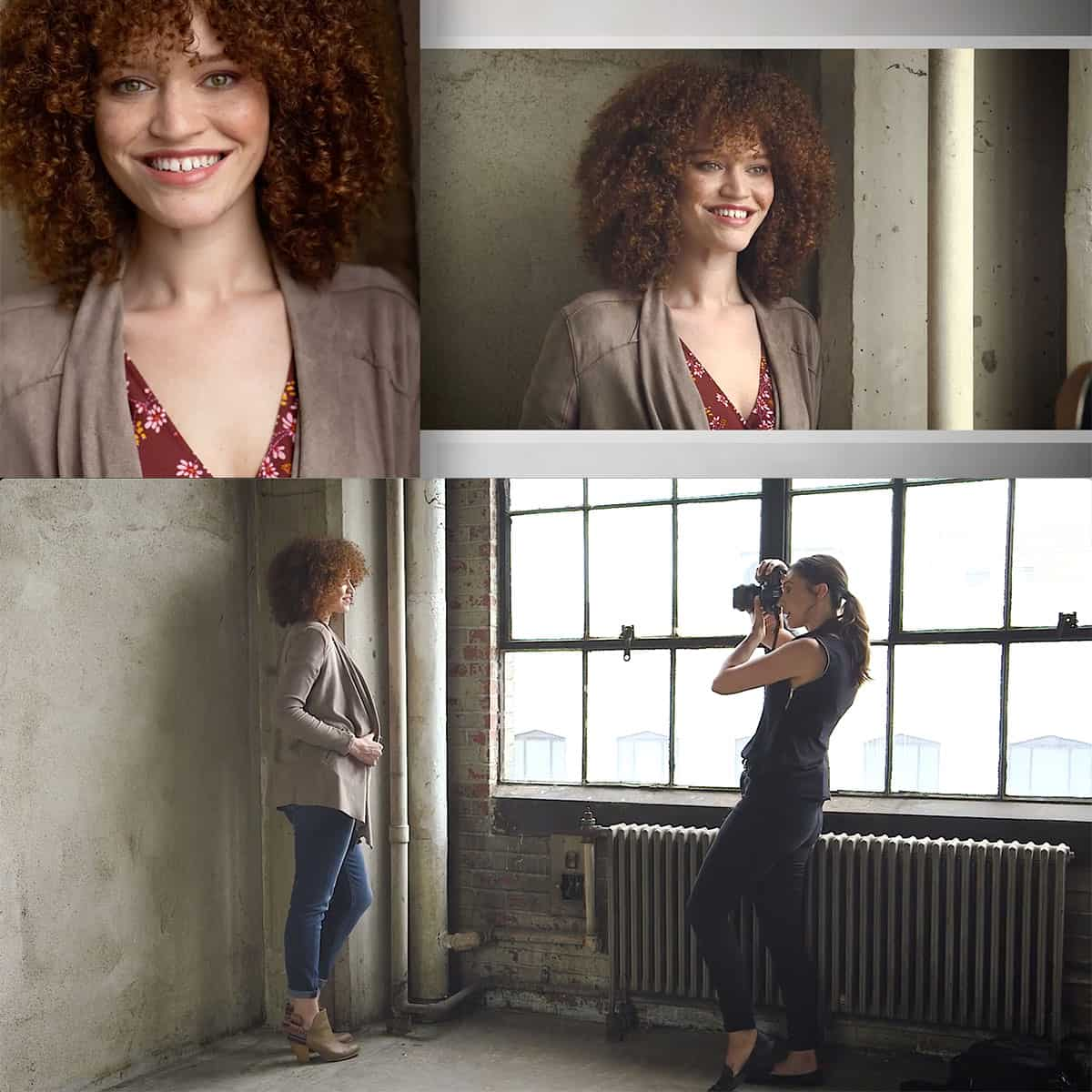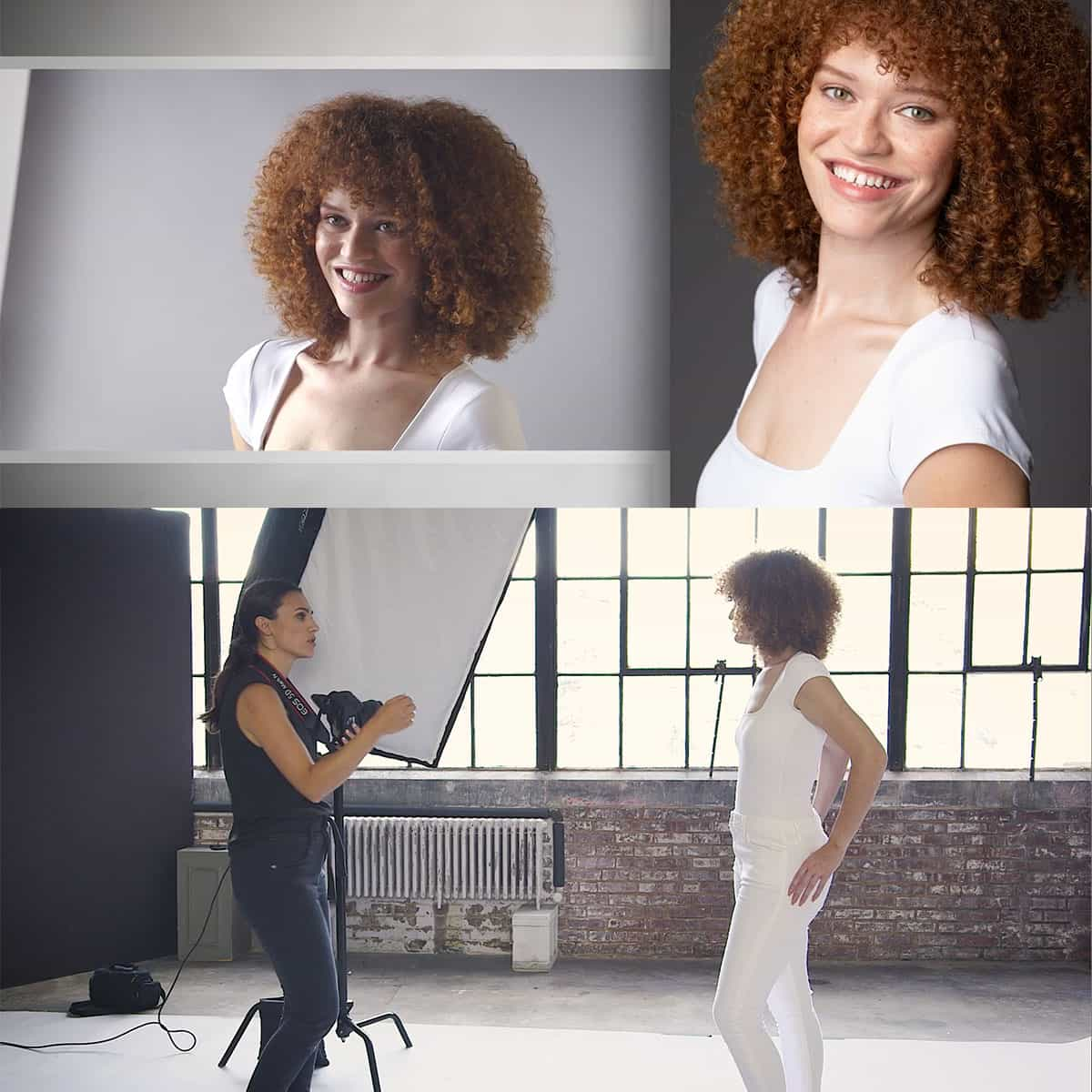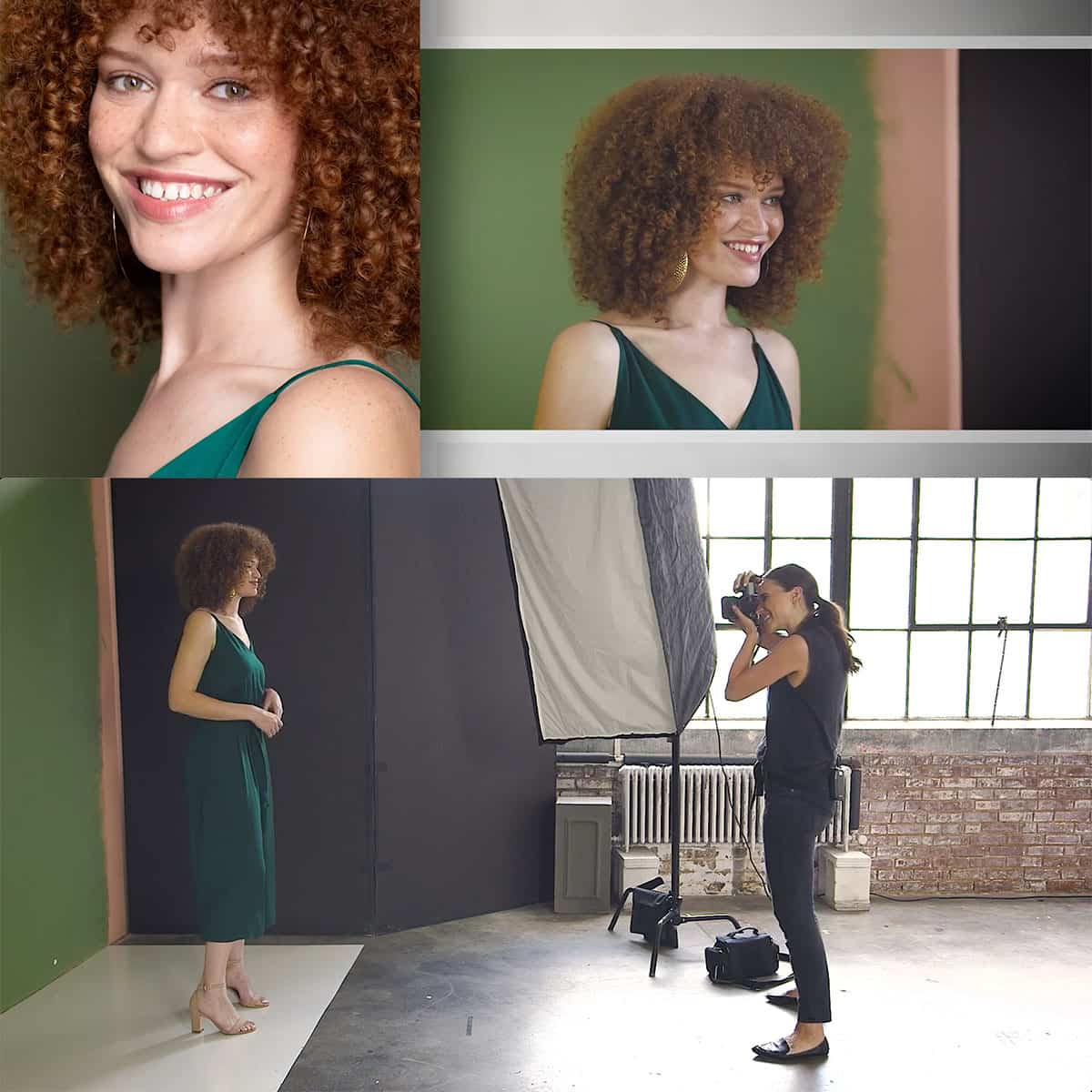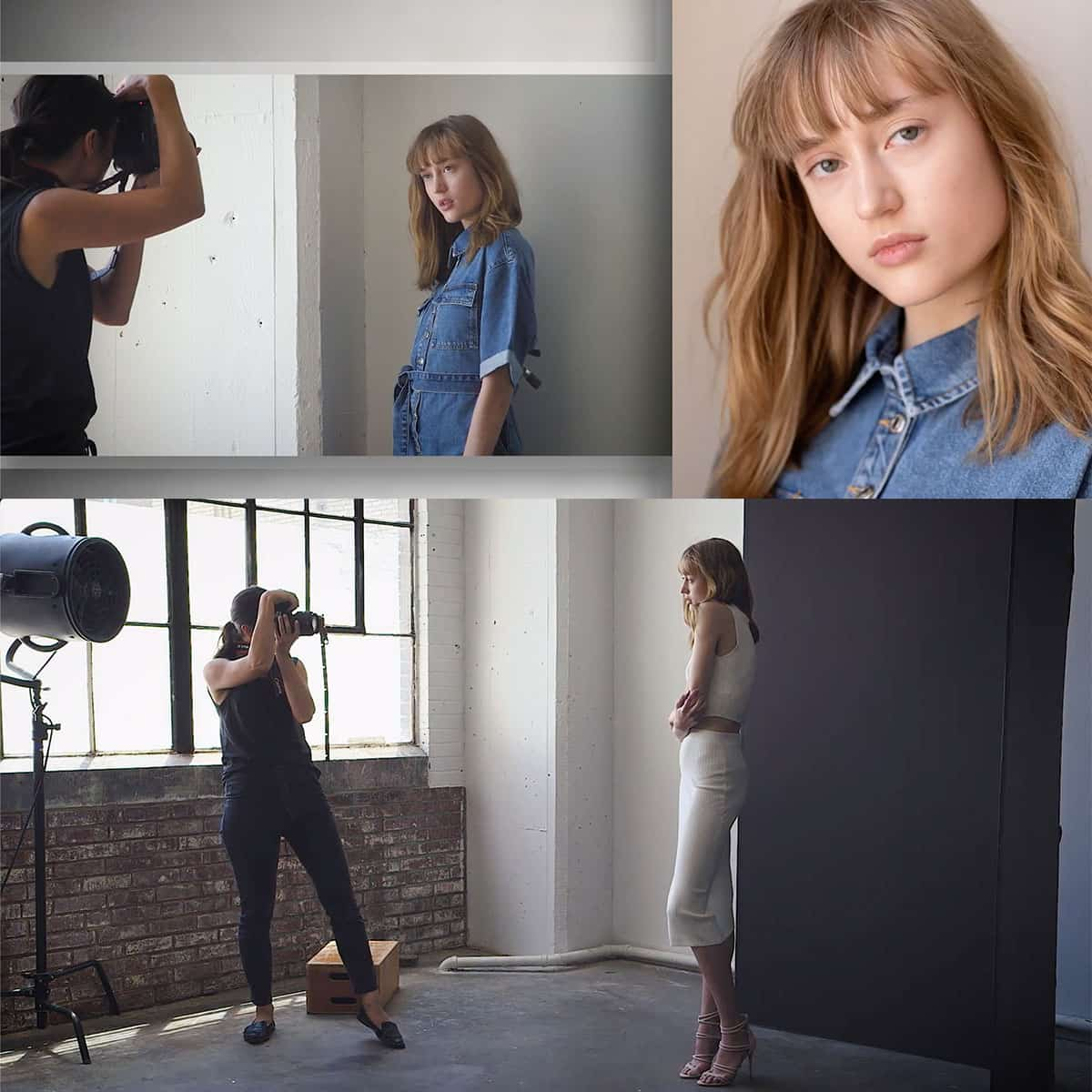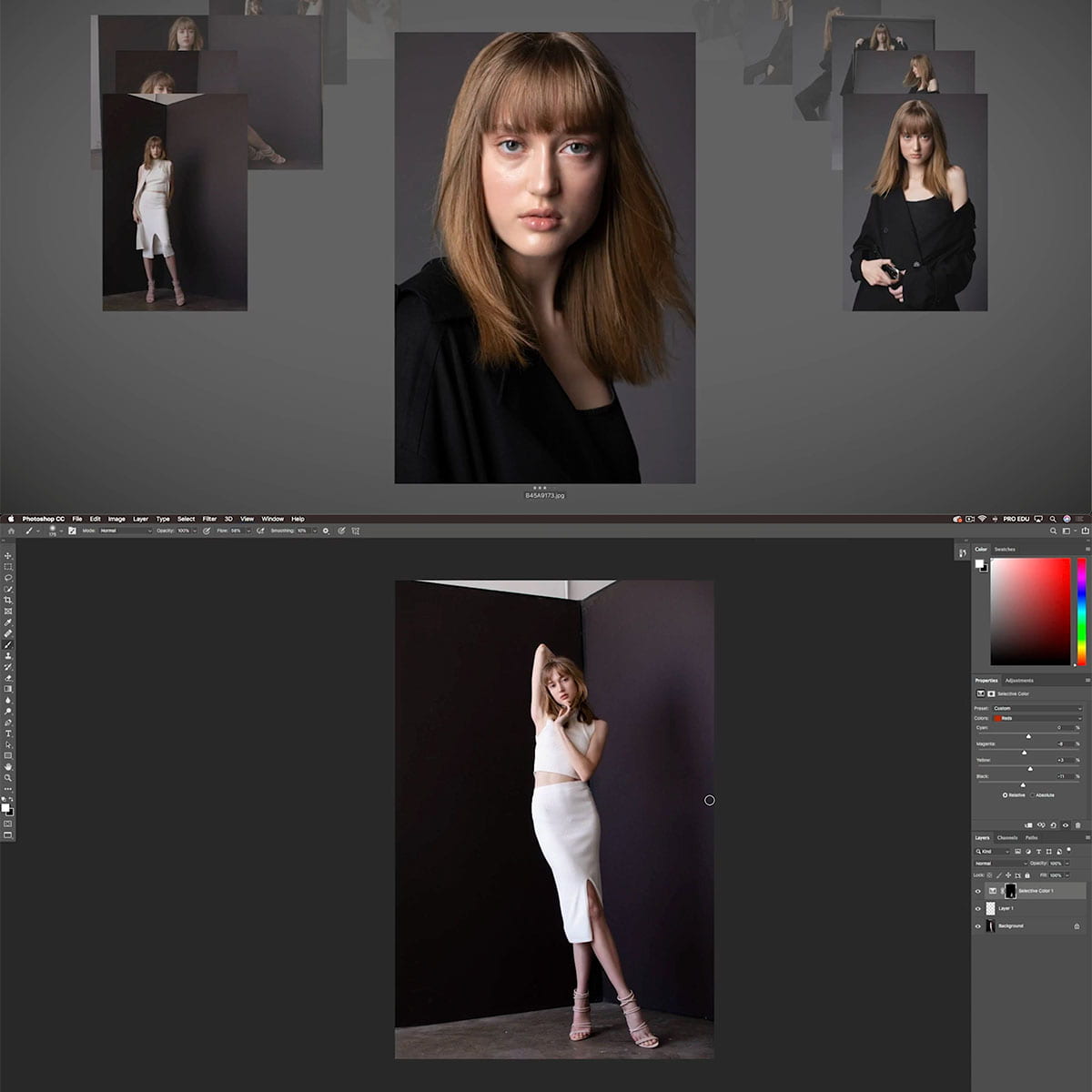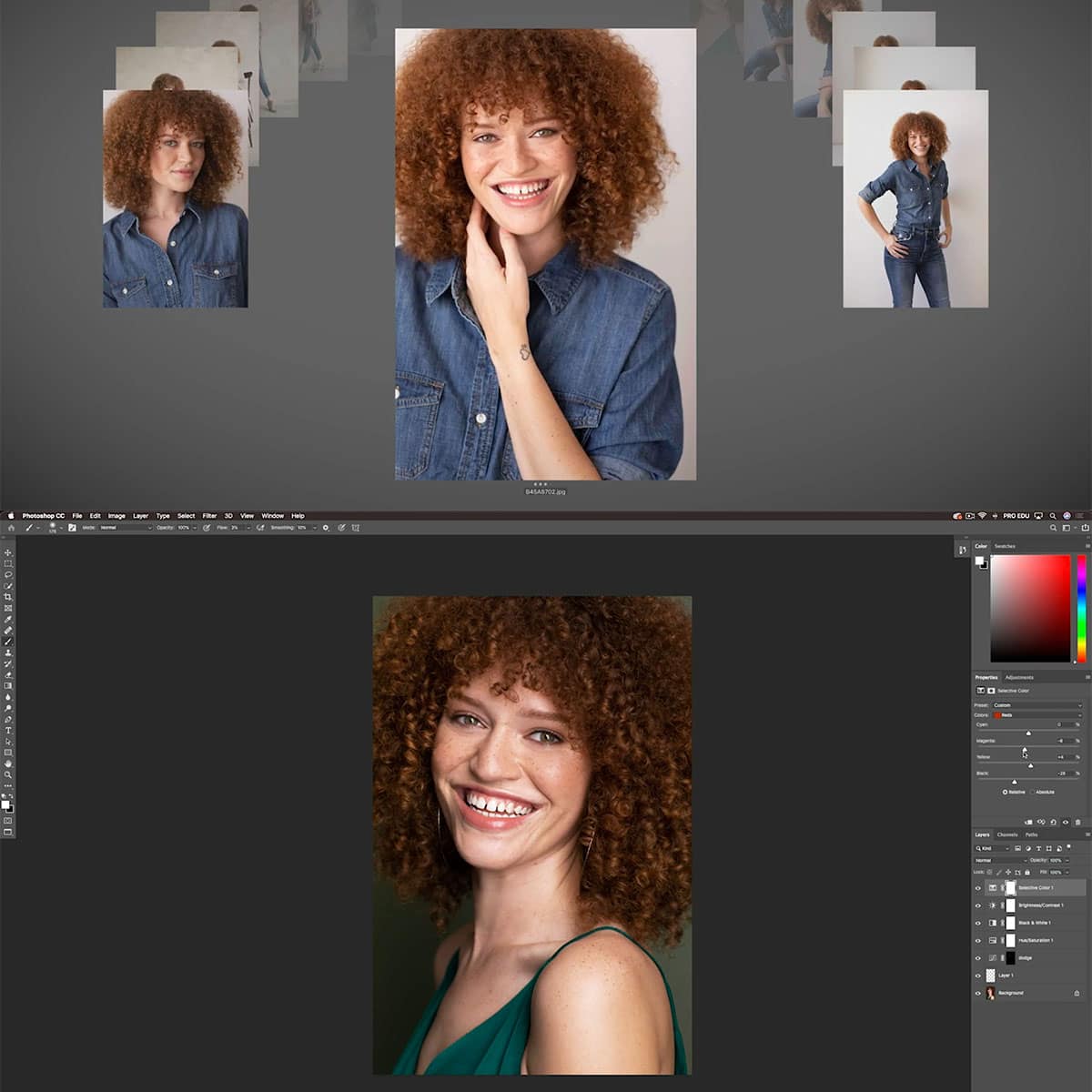Top 5 Camera Lenses for Fashion and Portraiture: Capture Style with Clarity
Selecting the right camera lens is crucial in capturing the essence of fashion and portraiture photography. It's not merely about having high-quality equipment, but also choosing lenses that complement the subject, setting, and desired artistic effect. Different lenses offer various levels of sharpness, bokeh, and focal lengths, ultimately influencing the mood and story that the photograph conveys. Professional photographers in the fashion industry often rely on a set of key lenses that excel in creating compelling and high-quality images.
In the realm of fashion and portraiture, there are lenses renowned for their ability to produce stunning detail, offer versatile zoom ranges, and maintain image integrity in various lighting conditions. These lenses are the tools of the trade for creating captivating images that showcase textures, colors, and expressions. From prime lenses known for their precise focus and beautiful background blur to zoom lenses offering flexibility and framing options, each type of lens serves a distinct purpose in a photographer's arsenal.
Key Takeaways
- Lens choice directly affects image quality and artistic impression in fashion and portraiture photography.
- Prime lenses offer sharpness and bokeh, zoom lenses provide framing versatility.
- Proper lens selection involves considering light conditions and post-processing needs.
Understanding Camera Lenses
When selecting a camera lens for fashion and portraiture, it's crucial to understand how focal length affects field of view, the role of aperture in depth of field, and the differences between prime and zoom lenses, as well as the importance of lens mounts for compatibility.
Focal Length and Field of View
The focal length of a lens, measured in millimeters (mm), determines its field of view—the extent of the scene captured. In fashion photography, 50mm lenses are often favored for their natural perspective, while 85mm lenses are preferred for portraiture due to their flattering compression and minimized distortion. Wider focal lengths can create a sense of environment, while longer focal lengths focus tightly on the subject.
Aperture and Depth of Field
Aperture, expressed in f-numbers (f/1.4, f/1.8, etc.), controls the lens's diaphragm opening affecting light entry and depth of field—the area in sharp focus. A wider aperture (lower f-number) allows more light, ideal for creating a shallow depth of field; backgrounds blur benefiting subject isolation in portraiture. Conversely, a smaller aperture (higher f-number) leads to a more extensive depth of field, keeping more of the image in focus.
Lens Types: Prime vs. Zoom
Prime lenses have a fixed focal length and typically offer superior sharpness, brightness, and lighter weight compared to zoom lenses. They encourage photographers to move around, engaging more creatively with the subject. Zoom lenses, with variable focal lengths, provide versatility without changing lenses. While primes are often chosen for their wider apertures, zooms offer convenience and flexibility for diverse shooting scenarios.
Lens Mounts and Compatibility
The lens mount is the interface where a lens physically connects to a camera body. Compatibility is paramount; a lens and camera must share the same mount design—a Nikon lens won't natively fit on a Canon body without an adapter. Manufacturers also offer mirrorless-specific mounts, such as Canon's RF and Nikon's Z mounts, which are essential for ensuring optimal performance and functionality with their respective camera systems.
Essential Lenses for Fashion Photography
Choosing the right lens for fashion photography is crucial, as it directly affects image sharpness and the versatility of your shots. Specific lenses enhance the precise needs in fashion shoots, whether requiring crisp detail with prime lenses, flexible framing with zoom lenses, or expansive scenes captured with wide-angle lenses.
Prime Lenses for Sharpness
Prime lenses are renowned for their ability to capture sharp images, making them an excellent choice for fashion photography. A 50mm lens is often favored for its comparable perspective to the human eye, which produces natural-looking portraits. Photographers appreciate the wide apertures for depth of field control, accentuating the subject while beautifully blurring the background.
Zoom Lenses for Versatility
In contrast, zoom lenses offer a versatile focal length range, which is invaluable during dynamic fashion shoots where changing lenses frequently is impractical. Lenses like the Canon EF 24-70mm f/2.8L are indispensable, allowing photographers to rapidly adjust their framing to capture full-body shots and tight close-ups without swapping gear.
Wide-Angle Lenses for Context
To include more of the environment in fashion photos, wide-angle lenses are the optimal choice. They allow photographers to incorporate expansive backgrounds, which can be essential for editorial shoots that tell a story or showcase garments in context. However, these lenses require careful composition to avoid distortion, especially when photographing models at closer distances.
Top Portrait Lenses for Professional Results
When capturing the essence of a subject, professional photographers rely on high-quality portrait lenses. Lenses with certain focal lengths and apertures can deliver stunning sharpness and beautiful bokeh, ensuring the model is the unwavering focal point of every shot.
Best 85mm Lenses
The 85mm lens is a quintessential tool for portrait photographers due to its ability to produce lifelike proportions and a pleasing background blur. Among the best is the Canon 85mm f/1.8, an excellent choice for its wide aperture and reliable performance in various lighting conditions. Equally noteworthy is the Nikon 105mm f/1.4E ED, offering remarkable sharpness and a touch of extra reach.
For mirrorless camera users, the Sony FE 85mm f/1.8 stands out with its swift autofocus and crisp output, while Canon’s RF 85mm f/1.2L USM is lauded for its exceptional optical quality, making it one of the top choices for professionals using the Canon EOS R system.
Telephoto Lenses and Bokeh
Telephoto lenses are prized for the compression effect they have on images, bringing distant subjects closer and enhancing the bokeh effect – the aesthetically pleasing quality of out-of-focus blur in a photograph. A lens such as the Sigma 135mm f/1.8 DG HSM Art is designed to achieve just that, providing a beautiful separation of the model from the backdrop without compromising on sharpness.
Experienced photographers favor these lenses for their ability to isolate subjects from busy backgrounds, which is particularly useful in fashion photography where emphasis on the model and their attire is paramount. The combination of longer focal lengths and wide apertures makes telephoto lenses indispensable for creating professional-grade portraits.
Optimizing for Different Light Conditions
In fashion and portraiture photography, adapting to varying light conditions is crucial. Lenses with features like a wide maximum aperture and image stabilization are essential tools photographers use to capture sharp and vibrant images even in challenging lighting.
Low Light and Maximum Aperture
In low light conditions, lenses with a wide maximum aperture allow more light to reach the camera sensor, enabling photographers to use faster shutter speeds and reduce motion blur. For example, lenses such as the 50mm prime with an aperture of f/1.2 can achieve excellent exposure in dim settings.
Having a low f-number also allows for a shallow depth of field, which can isolate the subject from the background to create a striking portrait with a pleasing bokeh effect.
Image Stabilization Benefits
Image stabilization (IS) technology compensates for camera shake by adjusting the lens or sensor movement, which is particularly useful in low-light conditions when longer exposure times might lead to blur. Image stabilization allows photographers to handhold the camera at slower shutter speeds while still maintaining sharpness in their shots.
For lens options with effective IS, photographers often reach for lenses like Canon's 24-70mm zoom that includes this feature, providing versatility across various lighting scenarios without the need for a tripod.
Technical Considerations for Lens Selection
When choosing a lens for fashion and portraiture, photographers must consider how technical features of the lens will affect their work. Two critical aspects to look into are autofocus performance, vital for quick-paced environments, and the optical quality, specifically how a lens handles chromatic aberration.
Autofocus Speed and Precision
For fashion photography, where moments are fleeting and expressions transient, a lens with fast and accurate autofocus (AF) is essential. Full-frame camera lenses typically offer better AF performance due to larger sensors and advanced technology. Many fashion photographers favor lenses like the full-frame Canon RF 24-70mm f/2.8 L IS USM for their swift and precise AF capabilities.
Dealing with Chromatic Aberration
Chromatic aberration, or color fringing, can detract from the crispness of an image—unacceptable in the detail-oriented world of fashion photography. A lens asserting superior control over chromatic aberration ensures cleaner, more professional results. Lens coatings and special glass elements are often integrated into designs like the Sigma 24-70mm f/2.8 DG DN Art to combat this issue. While full-frame lenses are proficient at minimizing chromatic aberration, micro four thirds systems may also offer lenses designed to reduce this optical flaw, providing greater flexibility for photographers who prioritize portability alongside image quality.
Budgeting for Camera Lenses
When selecting camera lenses for fashion and portraiture, photographers must balance cost with performance. The market offers a range of lenses from budget-friendly options to premium investments that can significantly enhance image quality.
Affordable Options
Canon EF 50mm f/1.4 USM: This lens stands out for its affordability and outstanding portrait capabilities. With a price tag that won't drain your wallet, the Canon EF 50mm f/1.4 USM is a favorite among photographers looking for a balance between cost and quality.
- Budget-friendly: Priced for entry-level and hobbyist photographers.
- Low light performance: Bright f/1.4 aperture for shooting in various lighting conditions.
Photographers on a tight budget can also explore other economical lenses recommended by well-regarded photography resources, such as the best budget portrait lenses in 2024.
Investing in High-End Lenses
For those wanting to invest in top-tier gear, the Canon RF 85mm f/1.2L USM DS and Sony FE 70-200mm f/2.8 GM OSS offer advanced features and superior image quality.
-
Canon RF 85mm f/1.2L USM DS: Offers incredible sharpness and bokeh, perfect for portraiture with its flattering focal length and Defocus Smoothing (DS) coating.
-
Sony FE 70-200mm f/2.8 GM OSS: Provides versatility with its zoom range, excellent for capturing detailed fashion shoots with optical steady shot (OSS) for sharp images even at slower shutter speeds.
These high-end lenses represent a substantial financial commitment but are investments in the photographer's craft, delivering unparalleled results in professional settings.
Post-Processing for Enhanced Image Quality
After capturing stunning fashion and portrait images with top camera lenses, the post-processing stage is essential in achieving impeccable image quality. This phase allows photographers to fine-tune elements such as background blur and narrow depth of field. Tools like Lightroom facilitate these enhancements on images, especially those taken with full-frame sensors.
Editing Techniques With Lightroom
Lightroom is a powerful ally in refining the aesthetics of fashion and portraiture photography. Photographers can leverage its capabilities to accentuate a narrow depth of field and enhance background blur, contributing to a more impactful subject isolation.
- Detail Enhancement: With Lightroom, one can sharpen the subject's features subtly while maintaining natural skin textures. This is particularly important for high-resolution images from full-frame sensors, as it maintains image quality without introducing unwanted noise.
- Color Correction: Lightroom's color grading tools help correct any color imbalances or to stylistically alter the color scheme to suit the mood of the shoot. This ensures the clothing and model are portrayed accurately and attractively.
- Background Manipulation: For fashion photography, the distinction between the subject and background is vital. Lightroom can be used to enhance the background blur—creating a narrow depth of field effect post-capture that directs viewer focus onto the main subject.
By using these techniques, photographers can deliver images with exceptional quality and visual appeal that stand out in the competitive field of fashion and portraiture.
Frequently Asked Questions
Selecting the right lens is crucial for capturing stunning fashion and portrait images. This section addresses common queries to assist in making an informed choice.
What should I consider when choosing a lens for fashion photography?
When choosing a lens for fashion photography, consideration should be given to focal length, aperture size for depth of field control, and lens sharpness. Lenses such as the 85mm f/1.8G offer a flattering perspective and beautiful bokeh which are ideal for this genre.
What are the top recommended lenses for portrait photography using a Canon camera?
Top lenses for portraiture with Canon cameras include models like the Canon 85mm f/1.2L II for its exceptional sharpness and the 70-200mm f/2.8 for its versatility. These lenses provide excellent image quality and beautiful background blur.
Which Nikon lenses are preferred by professional fashion photographers?
Professional Nikon shooters often prefer lenses like the Nikon 70-200mm f/2.8E FL ED VR and the Nikon 105mm f/1.4E ED owing to their sharpness and fast apertures, making them suitable for detailed fashion work.
For Sony camera users, which lens is considered optimal for high-fashion shoots?
For Sony cameras, the Sony FE 24-70mm f/2.8 GM II is often considered the optimal choice for high-fashion shoots as it delivers outstanding versatility and image quality across a range of focal lengths.
What characteristics define the best lens for model and editorial photography?
The best lenses for model and editorial photography are characterized by their ability to capture sharp, detailed images with a shallow depth of field and pleasing bokeh. Fast prime lenses, typically in the 85mm to 105mm range, are commonly used for this purpose.
What are the key features to look for in a camera lens specifically for studio fashion photography?
In a studio setting for fashion photography, key features include a fast aperture for control over lighting and depth of field, minimal distortion, and versatile focal lengths to adapt to different subjects and setups. Zoom lenses like the 24-70mm f/2.8 provide flexibility, while primes offer superior sharpness.


